LAGUNA in Spain: From style and figuration to abstract organic painting
Young age with movies, comics and drawing
The Spanish artist LAGUNA was born 1979 in Alcázar de San Juan (Ciudad Real) and moved to Almagro when he was 2 years old. He grew up there, and today he is living in Valdepeñas, Madrid and Almagro. His childhood was full of curiosity, playing with friends from the neighbourhood and watching movies. Already very young, LAGUNA was drawing every day, especially during classes at school. His imagination outside of class clashed with the information he received in class, he says today, so he drew in class to bring his imagination there. In his childhood he drew many film and TV characters, and his own figurative inventions. His father was always drawing and painting, active as a photographer and filmmaker, editing with his Super 8mm film. His professional activity was different, but seeing him creative and painting at home has inspired LAGUNA a lot as well as his uncle Paquito who carried out the same artistic activities as his father. Besides watching movies, LAGUNA liked to read comics since 1983/1984. A bit later, he discovered graffiti writing through the work of film settings in Hollywood movies of the 70s/80s (The Warriors, Death Wish..), as well as through music videos. During his first visits to Madrid in the 80s, he saw graffiti pieces in the city that made lasting impressions on him. At the beginning of the 90s, he drew letters as backgrounds for his drawings, starting to dominate his drawings from 1993 on. In 1994, he sold to his classmates drawings of their names made with pen and markers in colour., €12 each, a lot of money at that time, he remembers today. In 1995, he painted his first wall piece after two years buying cans at hardware stores. His first tag was Fox, later Noah, Senko, Khoie, Kobe, and since 1999 LAGUNA. In the beginnings, he painted alone at 4 am on an Almagro wall with traffic. It was stressful and when he finished at 7 am, he went to sit at the train station, and was sometimes questioned by adults what he was doing there alone. He decided to paint in much less visible places, before starting to get into lost places and the yards of his town. He remembers that writers from Ciudad Real came to look for him there.










Inspirations by style writers and cinema
Today LAGUNA remembers the works by other writers that influenced him in the beginnings, like pieces by BLANDY, the first solid, pure and original style of Ciudad Real, he adds. Also, Psiko/Piko, who at the age of 16 took control of Ciudad Real and was the cleanest style that Spain had, according to the artist. There was also MAST from Madrid, the original crime king of Spain and Kafre, member of the Barcelona ‘Ovejas Negras’ (ONG). A crew that was one of the most advanced of its time anywhere, according to LAGUNA. There was also the writer Sex69 (El niño de las pinturas) from Granada, who was impressive because of his lifestyle and unique graffiti style. LAGUNA himself was part of the crew Art 626 Crew Worldwide only, a social club, he says today. Tagging was and is very important and becomes part of your graphic DNA, the artist notices. Still drawing regularly, he is above all a painter, he declares, and he didn’t study art, but is an autodidact like his father. His own academic training was cinematography, he says. With cinema, he learned to paint sequentially and to tell a story with a single image. „I am not interested in artistic movements or groups, but in artistic interpretations of individuals“, he adds and « everything is inspiring. » The Spanish architect, urban planner and painter Miguel Fisac Serna (1913–2006) showed him some mysteries of art, as well as the difference between art and industry.










Evolution of the visual language and working methods
LAGUNA always liked to paint in places where he is alone, only with animals watching him and waiting for him to leave. He used to travel a lot to paint in other cities. In the beginnings, he painted characters, figures and also faces, next to letters, in a painterly style and not so based on comic. Later, in 2004, he started to paint walls in lost places in several cities, did murals with figurative scenes, human figures and animals. After 2010, his figurative style developed to a more line determined style, the forms of the figures extended, looking more fantastic and surrealistic. After that period, he started deconstructing figuration, creating a semi abstract-figurative style with floating shapes in colourful compositions. During those times, collaborations with other artists were very common. Especially with his friends Emilio Cerezo and Salvaje Selva, he painted collaborative murals regularly and still does. After 2018, his work developed towards abstraction, where only sometime figurative elements emerge. But liberated from representation, LAGUNA succeeded a playful abstract visual language with layered shapes and textures with many juxtapositions. Playing with transparent and opaque colours and textures, torn or dissolved surfaces, LAGUNA creates abstract compositions with depth and lightness in one.










Working with different techniques and tools, LAGUNA thinks that every day the available tools at the moment show him a different path. The most notable technique he developed was mixing plastic paint with aerosol in the late 90s. He has always tried things out, step by step, and is improving with DIY methods and joy for experimentation. Freestyle is very important to him, because life is a freestyle (once said Blandy). For his colour choice, he works with intuition, choosing colours he has still available at the moment. He doesn’t buy specific things, and works with what is stored in his studio. For developing new shapes and compositions, he all finds it in his subconscious, he says. Abstraction was always latent in his painting, although it became evident at the end of the 00s. And he doesn’t like to limit or restrict himself to one genre. Normally he still paints 2 to 3 times a week on walls. Concerning the size of a wall, he says, that if you overcome the barrier of a large format (in 2005 in his case), there are no longer barriers.











For LAGUNA there are no differences between his wall paintings and studio works. The techniques are the same, but he can use tools that are more complicated on a wall, like for example an airbrush. His works on walls influence his studio practice and vice versa, there are no borders between walls and studio works for him. His latest abstract works on walls, paper and canvas feature layered shapes and textures juxtaposed like in a collage. Playing with transparent and opaque colours and textures, torn or dissolved surfaces/sheets applied in many layers, he creates abstract compositions with dark tones and depth and bright parts with lightness at the same time. Mixing different techniques, integrating stains or lines with spray paint, adding lines of gesture, outlines, traces of wipe outs and aerosols, on canvas or paper, the aesthetic recalls his post-graffiti practice outdoors. Some shapes in the foreground could be seen as figurative motifs, like organic, vegetal growing elements. His colour palette is sometimes toned down and delicate with black and white contrasts and gray tones, creating compositions full of sensual impressions. The different textures and materialities stacked in many planes create haptic lively images, where the eyes of the viewer need time to scan the surface and enjoy the rich materiality of his compositions that seem somehow floating. According to the Spanish painter LAGUNA, his artistic evolution over nearly 30 years is a totally organic and a free trip since 1999.

















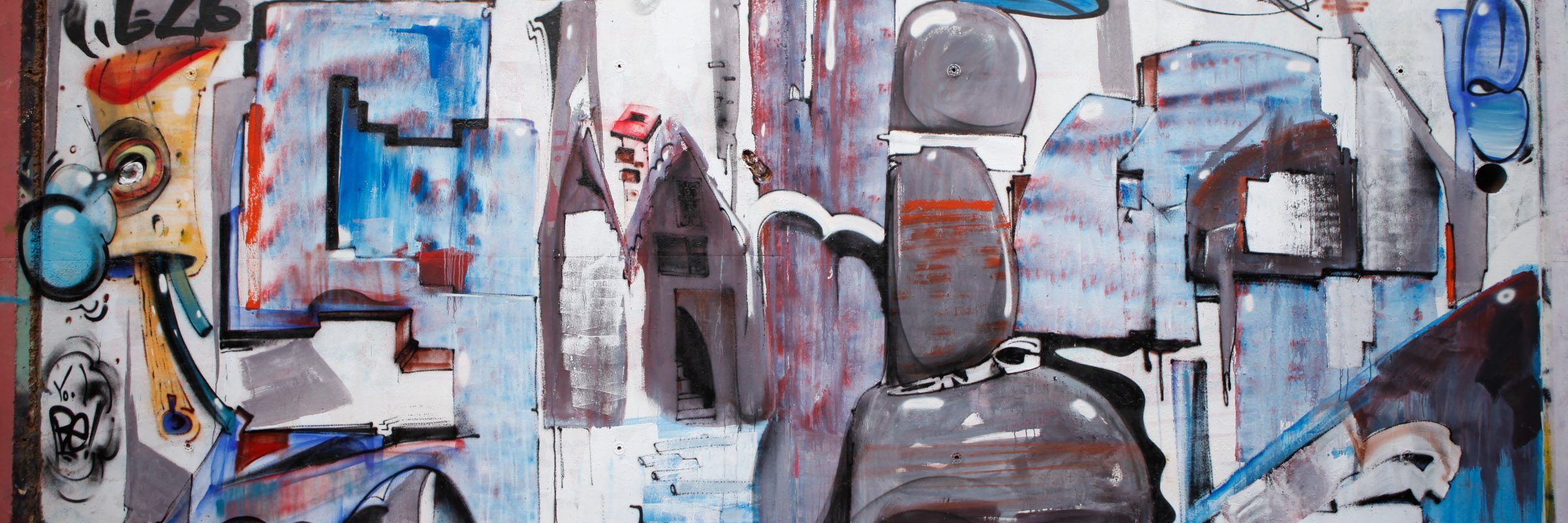
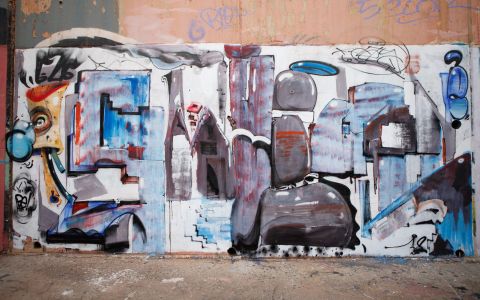
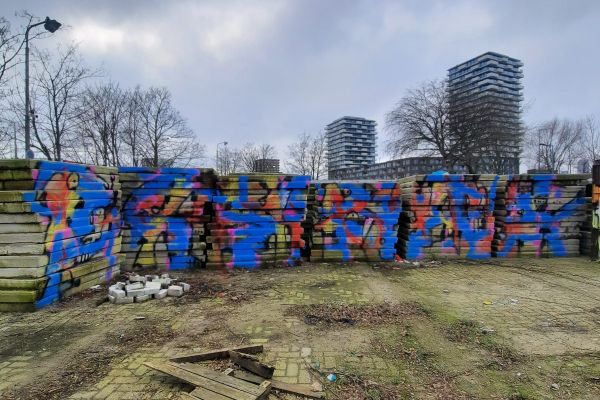
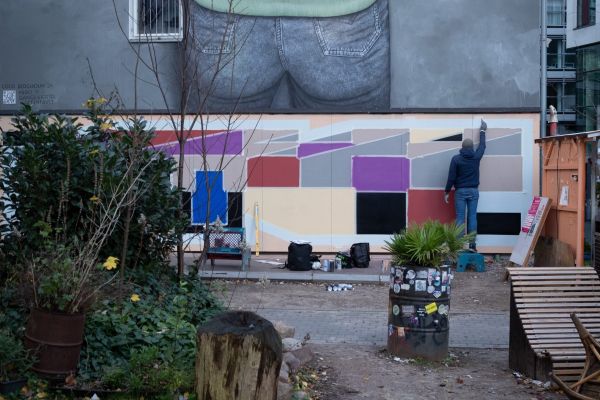
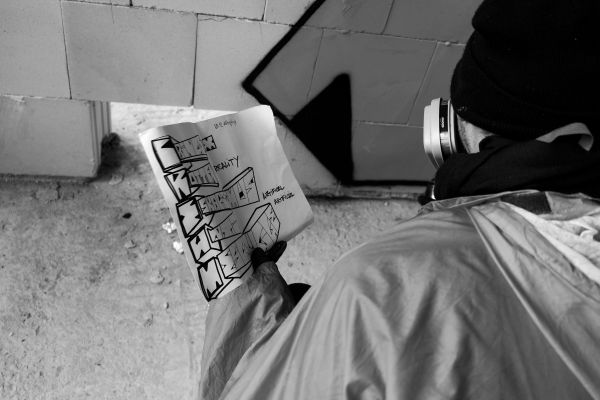
Leave a Reply